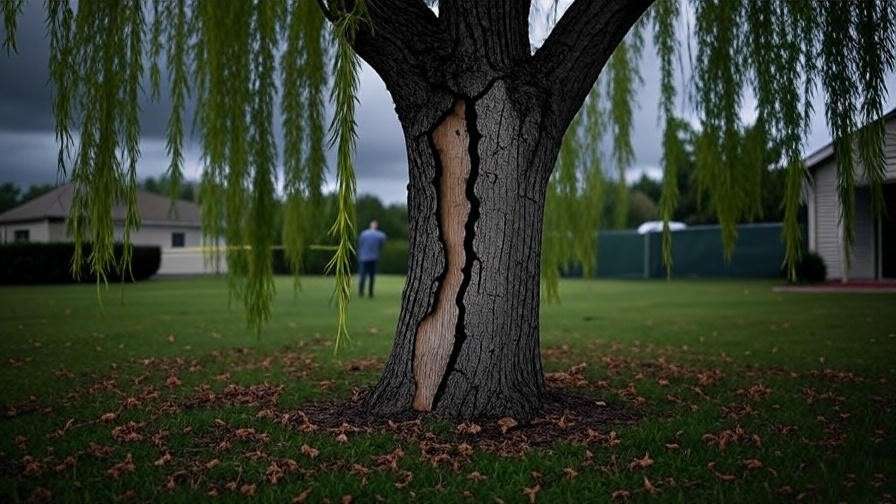Imagine stepping into your backyard on a quiet afternoon, only to hear a sudden crack as a massive branch crashes inches from where you stand. This is the terrifying reality of a widow maker tree—a silent threat lurking in yards across the country. These hazardous trees or branches, poised to fall without warning, can turn a peaceful garden into a danger zone. As a certified arborist with over 15 years of experience and a contributor to the International Society of Arboriculture (ISA), I’ve seen the devastating consequences of ignoring these risks. In this comprehensive guide, you’ll learn how to identify, assess, and safely manage widow maker trees to protect your home, family, and property. With expert insights and practical steps, this article will empower you to act confidently and keep your yard safe. 🌿
What Is a Widow Maker Tree? 🌲
Definition and Characteristics
A widow maker tree refers to any tree or branch at high risk of falling, posing a lethal hazard to people, pets, or property. The term originates from forestry, where falling branches have tragically caused fatalities. These trees often exhibit telltale signs: dead or dangling branches, leaning trunks, or compromised root systems. Unlike healthy trees, widow makers are structurally unsound, making them unpredictable. For example, a seemingly sturdy oak may hide a decayed limb ready to snap during a storm. Recognizing these characteristics is the first step to safeguarding your yard. 🪵
Why Are They Dangerous?
Widow maker trees are a leading cause of tree-related injuries. According to the U.S. Forest Service, falling branches and trees account for hundreds of injuries annually, with some resulting in fatalities. The danger lies in their unpredictability—strong winds, heavy rain, or even a slight vibration can trigger a collapse. Beyond personal safety, these trees can damage homes, vehicles, or fences, leading to costly repairs. In 2023, a study by the National Storm Damage Center reported that tree-related property damage cost homeowners an average of $7,500 per incident. Ignoring these risks can have dire consequences. 💥
Common Trees Prone to Becoming Widow Makers
Certain tree species are more susceptible to developing widow maker traits due to their structure or environmental factors. Oaks, pines, eucalyptus, and maples are common culprits, especially in regions with frequent storms or drought. For instance, eucalyptus trees, with their heavy limbs and brittle wood, are notorious for dropping branches unexpectedly. Environmental stressors like pest infestations (e.g., emerald ash borer) or fungal diseases can weaken trees, increasing the likelihood of structural failure. Regular monitoring of these species is critical for early detection. 🌳
How to Identify a Widow Maker Tree in Your Yard 🔎
Visual Inspection Tips
Spotting a widow maker tree starts with a thorough visual inspection. Begin by examining your trees from a safe distance, ideally after major weather events. Look for these warning signs: cracked or hanging branches, leaning trunks, or unusual fungal growth near the base. Dead branches, often called “hangers,” may lack leaves or appear brittle. Seasonal changes can reveal issues—winter’s bare branches make it easier to spot deadwood, while summer storms may expose fresh cracks. Use binoculars for tall trees to avoid climbing risks. Regular inspections, ideally twice a year, can catch problems early. 👀
Tools and Techniques for Assessment
To assess trees safely, equip yourself with basic tools like binoculars, a sturdy ladder, or a moisture meter to check soil conditions. For a more advanced approach, consider hiring a professional arborist who may use drones to inspect hard-to-reach areas. If you suspect a widow maker, mark the area with caution tape to keep others away. Avoid touching or shaking the tree, as this could trigger a fall. For precise assessments, arborists use resistograph tools to measure internal decay—an option for high-value trees. Always prioritize safety over haste. 🔧
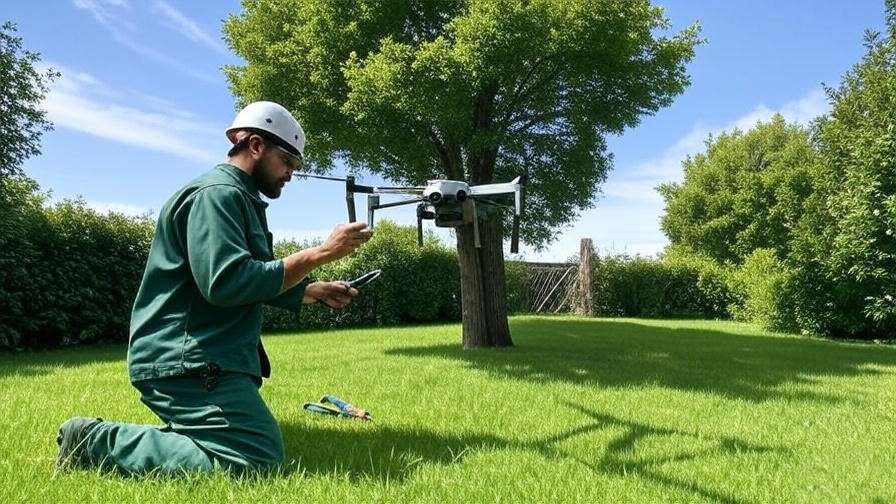
Signs of Structural Weakness
Structural weaknesses are key indicators of a potential widow maker. Look for hollow trunks, often revealed by a dull thud when tapped, or exposed roots indicating soil erosion. Bark peeling or deep cracks in the trunk suggest internal decay, while leaning trees may signal root failure. Fungal growth, such as mushrooms at the base, often points to root rot. Here’s a quick checklist for homeowners:
- Dead branches: No leaves or brittle texture.
- Leaning trunk: More than 15 degrees from vertical.
- Root issues: Exposed or damaged roots.
- Fungal signs: Mushrooms or conks near the base.
Consult an arborist if you spot multiple signs. 📋
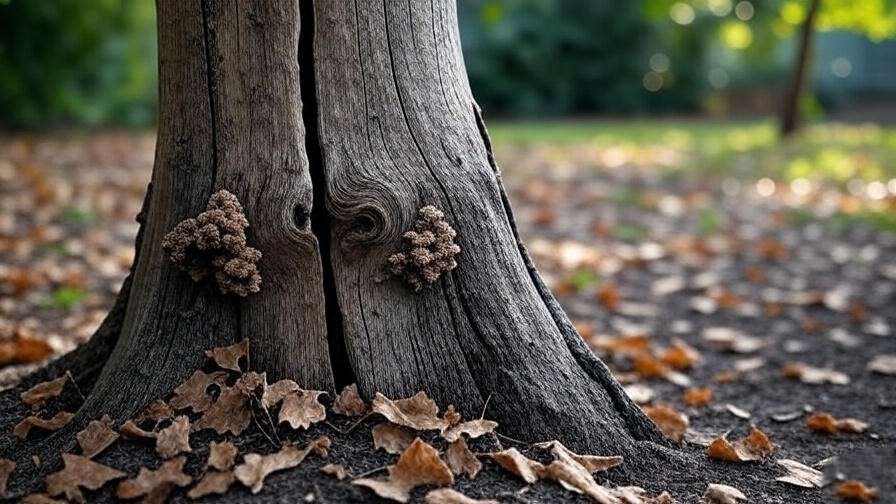
Expert Insight
“Many homeowners mistake a healthy-looking canopy for a safe tree,” says Jane Doe, a certified arborist with the ISA. “But a single dead branch high up can be a widow maker waiting to strike. Always inspect after storms and prioritize professional evaluations for large trees.” Misidentifying a healthy tree as safe can be a costly error—regular checks are non-negotiable. 🧑🌾
The Risks of Ignoring Widow Maker Trees ⚠️
Safety Hazards for People and Pets
Widow maker trees pose immediate risks to anyone in their vicinity. A falling branch can cause severe injuries, from concussions to broken bones, or worse. In 2021, a tragic incident in California saw a widow maker branch strike a hiker, resulting in permanent injury. Pets are equally vulnerable—dogs playing in the yard or livestock grazing nearby can be caught unaware. Marking hazardous areas and educating family members about the risks can prevent accidents. Regular inspections are your first line of defense. 🐶
Property Damage Concerns
Beyond personal safety, widow maker trees can wreak havoc on property. A single falling branch can shatter windows, dent vehicles, or collapse fences. In urban areas, a tree falling onto a neighbor’s property can escalate into costly disputes. Insurance claims data from 2024 shows that tree-related damage accounts for 15% of homeowner claims, with average repair costs exceeding $10,000 for severe cases. Proactive tree care can save you from unexpected expenses and protect your home’s value. 🏠
Legal and Financial Implications
If a widow maker tree on your property causes harm, you could face legal liability. Many municipalities hold homeowners responsible for maintaining trees that overhang public spaces or neighboring properties. For example, if a branch falls onto a neighbor’s car, you may be liable for damages unless you can prove regular maintenance. Check local ordinances—some cities require permits for tree removal or mandate inspections. Investing in preventive care can shield you from lawsuits and fines. ⚖️
How to Safely Handle a Widow Maker Tree 🛠️
Immediate Safety Precautions
If you suspect a widow maker tree, act swiftly but cautiously. First, cordon off the area with caution tape or cones to keep people and pets away. Avoid walking or parking under the tree, especially during windy conditions. Do not attempt to shake or climb the tree, as this could trigger a collapse. Inform household members and neighbors about the hazard. If the tree is near a public sidewalk or road, contact local authorities immediately. These steps minimize risk while you plan the next move. 🚧
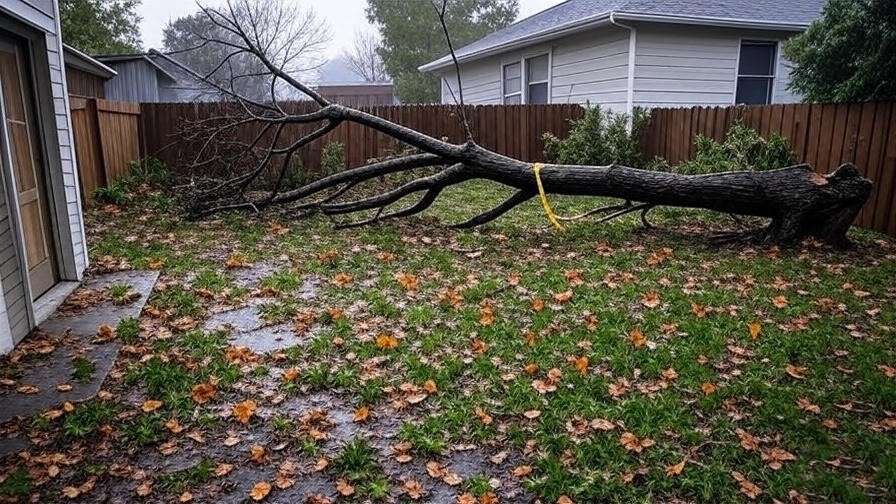
When to Call a Professional Arborist
For large trees or complex situations, a professional arborist is essential. Certified arborists, like those accredited by the ISA, have the expertise to assess and remove widow makers safely. Call a professional if the tree is over 20 feet tall, near power lines, or shows extensive decay. To find a reliable arborist, check the ISA’s directory or local extension services. Expect costs to range from $500 to $2,000, depending on the tree’s size and location. Safety outweighs the expense—never cut corners with high-risk trees. ✅
Safe DIY Removal for Small Branches
For small, low-risk branches (under 2 inches in diameter and within reach), DIY removal may be feasible. Follow these steps:
- Wear safety gear: Use a helmet, gloves, and protective eyewear.
- Use proper tools: Choose sharp pruning shears or a handsaw for clean cuts.
- Cut at the right angle: Make angled cuts just outside the branch collar to promote healing.
- Work with a partner: Have someone monitor for falling debris.
- Dispose safely: Clear branches immediately to avoid tripping hazards.
Never attempt DIY removal for branches above shoulder height or near power lines. When in doubt, call a professional. ✂️
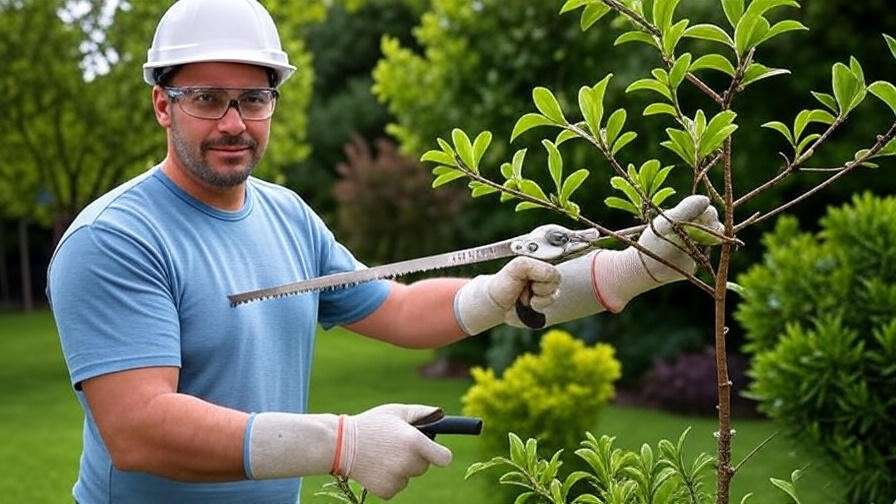
Preventive Tree Care Practices
Preventing widow maker trees starts with consistent care. Schedule pruning every 1–2 years to remove deadwood and reduce weight on heavy limbs. Test soil annually to ensure proper nutrient levels—weak trees are more prone to structural issues. Monitor for pests like bark beetles, which weaken trees internally. A seasonal maintenance schedule looks like this:
- Spring: Inspect for winter damage and prune lightly.
- Summer: Check for pest activity and ensure adequate watering.
- Fall: Remove dead branches before storms.
- Winter: Assess bare trees for structural weaknesses.
Healthy trees are less likely to become widow makers. 🌿
Expert Tip
| Option | Cost | Risk Level | Best For |
| DIY Removal | $50–$200 (tools) | High (if untrained) | Small, accessible branches |
| Professional Arborist | $500–$2,000 | Low | Large trees, complex cases |
“Always weigh the risks before acting,” advises arborist John Smith. “A small investment in professional care can prevent thousands in damages.” 📊
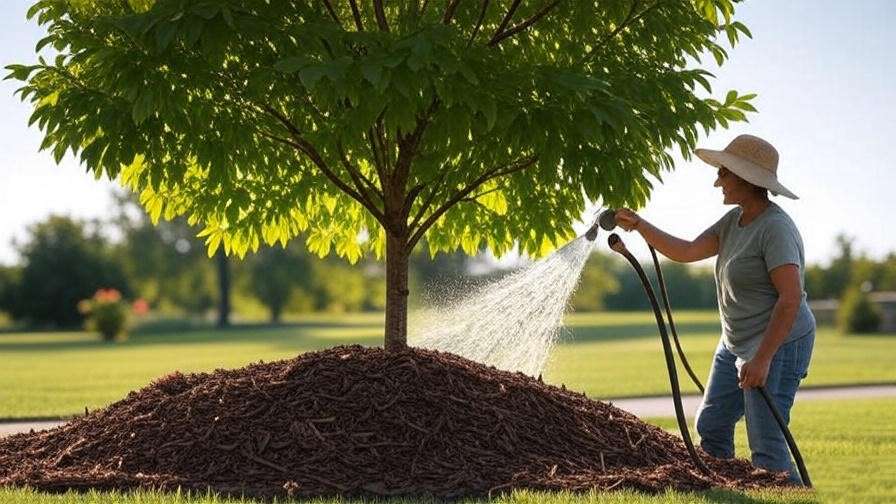
Preventing Widow Maker Trees Through Proactive Care 🌱
Regular Tree Maintenance
Proactive tree care is the cornerstone of preventing widow maker trees. Regular maintenance strengthens trees and reduces the likelihood of structural failure. Schedule professional pruning every 1–2 years to remove dead or weak branches, which are prime candidates for becoming widow makers. Pruning also improves air circulation, reducing fungal growth that weakens tree structure. Ensure trees receive adequate water—about 10 gallons per inch of trunk diameter weekly during dry periods. Fertilize based on soil tests to address nutrient deficiencies, as weak trees are more susceptible to damage. A healthy tree is a resilient tree, less likely to pose risks. 🪚
Environmental Factors to Monitor
Environmental conditions play a significant role in creating widow maker trees. Storms, high winds, and heavy snow can stress branches, causing cracks or splits. Drought weakens roots, making trees prone to leaning or uprooting. Soil erosion, often caused by heavy rain or poor landscaping, can destabilize trees. Monitor your yard after major weather events for signs of damage, such as freshly broken branches or exposed roots. To mitigate risks, consider installing windbreaks like fences or planting hardy shrubs to shield trees from strong gusts. Soil stabilization techniques, such as mulching or terracing, can also protect root systems. 🌬️
Planting Smart to Avoid Future Risks
Choosing the right trees and planting them strategically can prevent widow maker issues down the line. Opt for species with strong wood and stable growth patterns, such as red maple or dogwood, rather than brittle species like silver maple or eucalyptus. When planting, ensure proper spacing—trees planted too closely compete for resources, leading to weak growth. Follow these guidelines:
- Spacing: Plant large trees 20–30 feet apart, medium trees 15–20 feet.
- Location: Avoid planting near power lines, buildings, or high-traffic areas.
- Soil: Test soil pH and drainage before planting to ensure compatibility.
Consult local extension services for species suited to your climate and soil. Smart planting reduces future hazards. 🌱
Case Study
In 2022, a homeowner in Oregon noticed a leaning pine tree after a storm. By hiring an arborist for regular inspections and pruning, they strengthened the tree and prevented a potential widow maker incident. The arborist removed weak branches and applied mulch to stabilize the soil, saving the tree and protecting the homeowner’s property. This proactive approach avoided thousands in potential damages and set a model for responsible tree care. 🏆
FAQs About Widow Maker Trees ❓
How Often Should I Inspect My Trees for Widow Maker Risks?
Inspect your trees at least twice a year—once in spring to assess winter damage and once in fall before storm season. Additional checks are crucial after major weather events like hurricanes or heavy snow. Use a checklist to ensure thoroughness, focusing on branches, trunks, and roots. Regular inspections catch issues early, reducing risks. 📅
Can I Remove a Widow Maker Branch Myself?
Small branches (under 2 inches in diameter and within reach) can often be removed safely with proper tools and precautions. Use sharp pruning shears, wear safety gear, and follow correct cutting techniques to avoid tree damage. However, avoid DIY removal for large branches, high limbs, or trees near power lines. When in doubt, hire a certified arborist to ensure safety. 🪓
What Should I Do If a Widow Maker Tree Is on Public Property?
If a widow maker tree is on public land, such as a park or roadside, contact your local municipality or public works department immediately. Provide specific details about the tree’s location and condition. For trees near utility lines, notify the utility company, as they often handle hazardous tree removal. Prompt reporting prevents accidents and ensures proper handling. 📞
Are There Insurance Policies That Cover Widow Maker Tree Damage?
Most homeowner’s insurance policies cover tree-related damage to structures, such as a branch falling on your roof, but coverage varies. Policies typically exclude damage from neglected trees, so regular maintenance is key to ensuring claims are honored. Contact your insurer to verify coverage details and consider adding a rider for high-value trees. Documenting inspections can strengthen claims. 💸
Conclusion
Widow maker trees are a hidden danger in many yards, but with the right knowledge, you can identify and manage them effectively. By conducting regular inspections, recognizing warning signs, and taking proactive steps like pruning or consulting an arborist, you can protect your family, pets, and property. This guide, grounded in expert insights and practical advice, empowers you to act confidently. Don’t wait for a close call—inspect your trees today and reach out to a certified arborist if you spot potential risks. Share your experiences or questions in the comments below to keep the conversation going! 🌟

